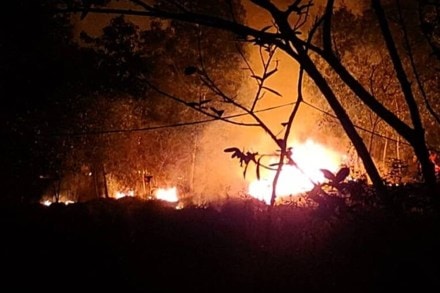Forest fires, of the kind that the US saw last year and in some years before that, have just become frighteningly real for India. Fire in the Simlipal Biosphere Reserve, in Odisha, raged for over 10 days, destroying nearly a third of the national park. While the state is now reporting that firefighters have finally gained control over the fire, the source of the fire is yet undetermined. The forest has occasionally seen fires, especially in the summer months, but none that match the scale of the latest one. While poachers set alight dry shrubs to drive out animals, villagers from the area sometimes engage in controlled burning to better enable picking of mahua flowers. However, this year’s fire is singular in the sense that there has been an early onset of summer and a prolonged dry spell, creating the conditions for the fire to spread quickly.
The government—both the states and the Centre—need to view this as a warning of the consequences of climate change and mount mitigation efforts urgently. With the world now on the verge of running out of time to meaningfully act to limit global warming to a lower bound, such disasters will keep recurring with devastating consequences not just for flora and fauna, but humans as well. There have been serious losses of forests that are the most effective carbon sinks, in India as well as elsewhere in the world. If countries don’t work on reducing emissions, expect more Californias and Simlipals.
